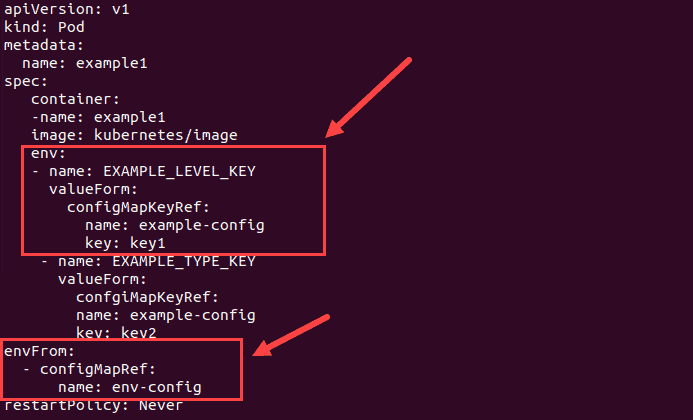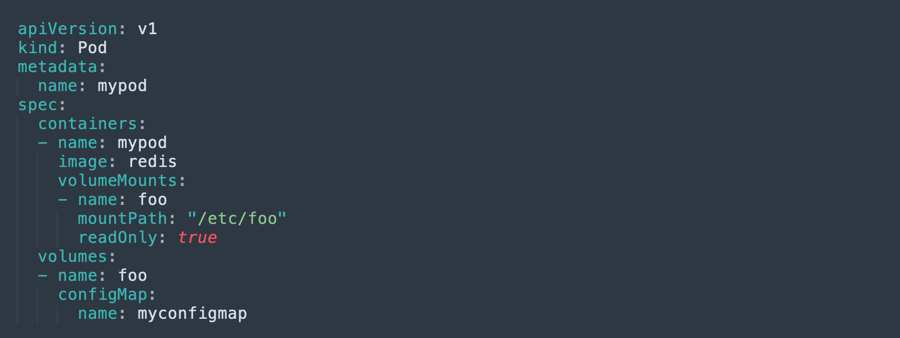Understanding Config Maps in Kubernetes
 Sachin Adi
Sachin Adi
What are Config Maps?
One of the most important tools in Kubernetes for decoupling configuration artefacts from containers is Config Maps. Consider them as a distinct container in which you can keep all the required configuration parameters, including files, environment variables, and command-line arguments. You may maintain a separation of your application's configuration and its actual programme by utilising Config Maps.
Creating Config Maps
In Kubernetes, creating a Config Map is a simple procedure. A YAML file or kubectl commands can be used to declaratively or imperatively define a Config Map. Key-value pairs that reflect your configuration data are contained in the YAML file. Once generated, Kubernetes gives your pods access to this safely stored data.
Using Config Maps in Pods
You can use this configuration data in your pods after generating a Config Map. You can include references to Config Maps in your pod configuration files if you use Kubernetes. By doing this, you can avoid rebuilding the container image during runtime and enable your application to dynamically retrieve the necessary configuration data from the Config Map.
Updating Config Maps
Config Maps' adaptability is one of their benefits. Updates to a Config Map are simple to make without having to restart your pods. Config Maps are a crucial tool for managing configuration in a cloud-native environment because of their dynamic nature, which lets you make changes to your application's settings instantly.
Example of Config Maps


Best Practices for Config Maps
To guarantee seamless operation, it's imperative to adhere to a few recommended practices when working with Config Maps. For better organization, always give your Config Maps and their keys meaningful names. For sensitive data, think about utilizing Config Maps in addition to Secrets to keep things secure.
Conclusion
To sum up, Kubernetes Config Maps offer an easy approach to handle configuration data for your apps that are operating in a cluster. You may improve scalability, streamline deployment, and de-stress configuration management with the help of Config Maps. Experience the advantages of detaching configuration from your application logic by putting Config Maps to use right now.
As I always say, Happy Learning!
Subscribe to my newsletter
Read articles from Sachin Adi directly inside your inbox. Subscribe to the newsletter, and don't miss out.
Written by
